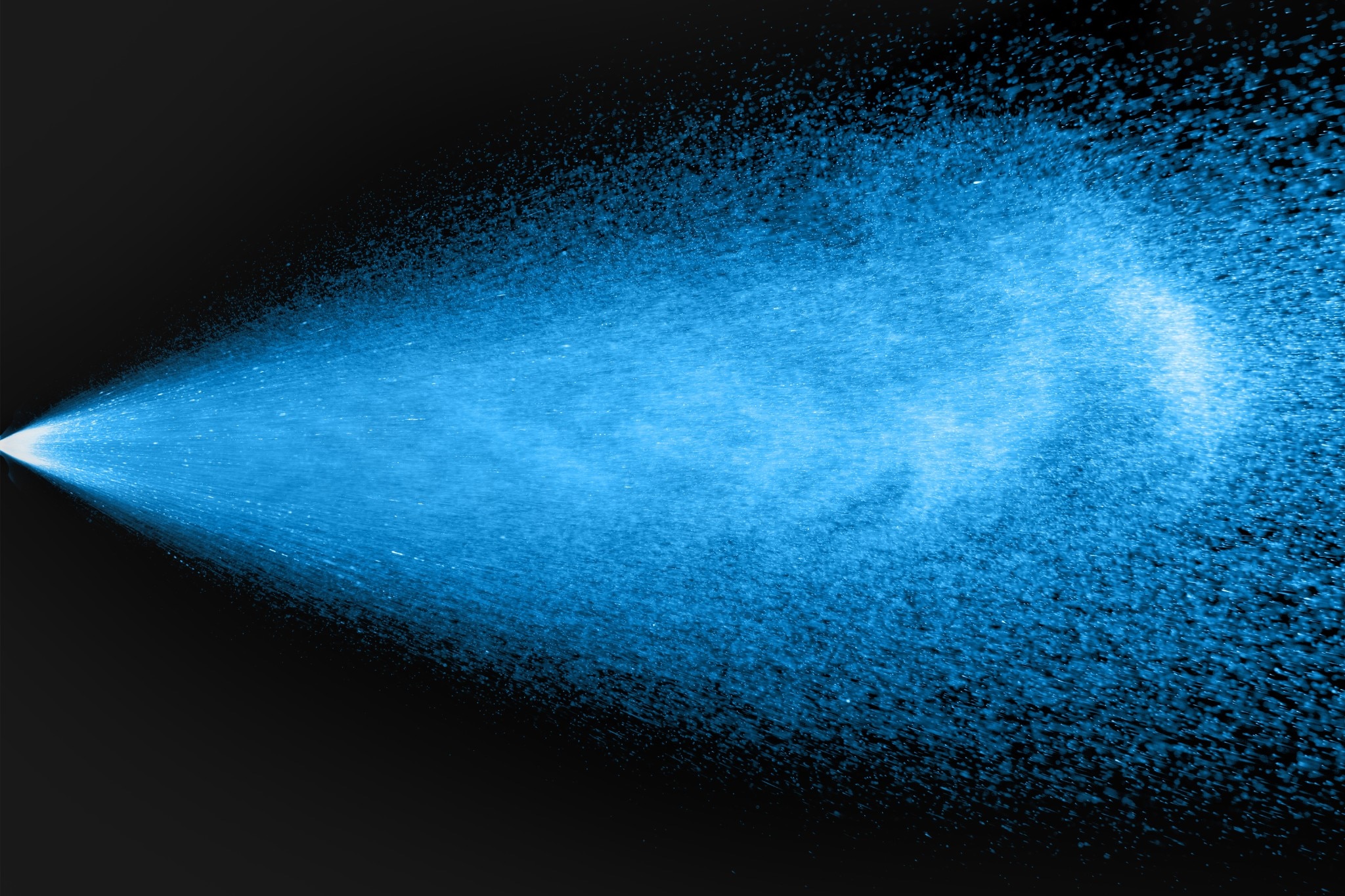
Discovery proteomics helps scientists understand the important functional roles these complex macromolecules play. Accurately identifying proteins differentially expressed in disease states can be potentially translated to functional biomarkers. Proteomics is also an important component of systems biology approaches, and multi-omics analysis helps validate findings to better understand metabolic and signaling processes.
To more accurately understand the proteome, Waters pioneered Data Independent Acquisition (DIA) strategies to improve the quantitative analysis of ‘bottom-up’ non-labeled proteomics methods while generating peptide fragment spectra for all detectible species. With Waters high resolution mass spectrometry technologies, high peak capacity chromatography systems, Progenesis Software, and DIA methods, your lab can dig even deeper into the proteome.
White Paper: Considerations for Selecting the Optimal Stationary Phases for Proteomic Trap-and-Elute Nanochromatography

Waters software streamlines data acquisition, processing, and reporting discovery proteomics analysis results.
Discover the presence of proteins in your complex samples using label-free analysis with Waters Progenesis QI for Proteomics. Evaluate the quality of your LC-MS data with quality control (QC) metrics using highly visual guided workflows.
Quality consumables to support your success.
Overcome MS compatibility and time-consuming proteolytic digestion issues with Waters RapiGest SF Surfactant, enabling same-day digestions and simplified analysis to radically enhance your testing efficiency.
Run your protein analysis easily and confidently with Waters Protein Standards, prepackaged in Waters vials, and allow direct solubilization while minimizing sample loss and discrepancies.
Reproducibly generate peptide and protein separations with Waters Ethylene-Bridged Hybrid (BEH), Charged Surface Hybrid (CSH), and High Strength Silica (HSS) peptide and protein nano columns for highly efficient separations with an increased number of peak identifications.
Optimize your laboratory's productivity and success with Waters Global Services to maintain peak system performance, minimize down time, address application challenges, and support stringent compliance requirements.
Maximize resources and minimize risk with payment options from Waters Capital, including upgrading aging equipment, getting customized support, and bundling services into one monthly payment.
